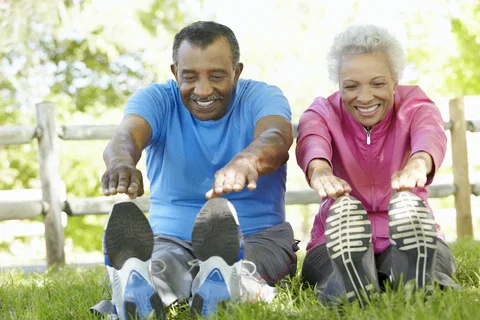If you’ve ever experienced dizziness, suddenly lost your balance, or felt nauseated from standing too quickly, you know how disorienting it can be to have balance problems. For some, especially older adults, the fear of falling associated with balance-related disorders can affect the quality of life, making it difficult to bathe, get dressed, or climb stairs (1, 2).
If you’re an athlete, you’re equally familiar with the importance of maintaining proper balance. Good balance can often be the difference between a correct golf swing, a proper flip in a pool, or dancing gracefully across the stage without missing a beat.
Three main systems contribute to our sense of balance: our inner ear, our vision, and our musculoskeletal system, which contains the muscles that help us stand, walk, sit, or lie down without falling over. For good balance, all three of these systems need to be working properly. In this article, we’ll be focusing on the third stability factor: our muscles.
So is it possible to improve balance? The answer is a resounding YES– but before we look at how we can improve our stability, let’s dive into what causes balance and stability issues in the first place.




